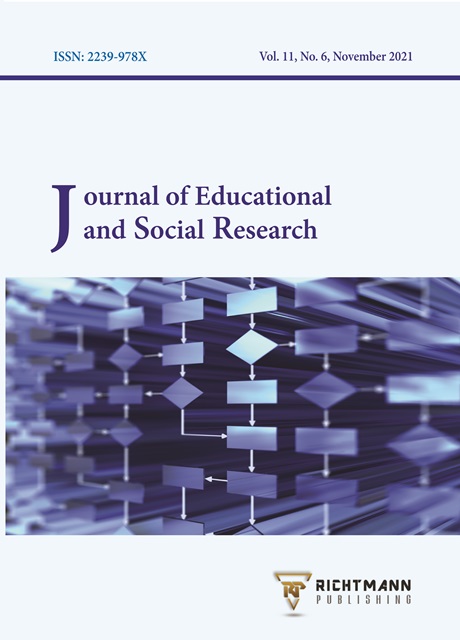Translation Online Learning during Coronavirus Lockdown: An Evaluation of Student-Centered Learning at Selected Jordanian Universities
DOI:
https://doi.org/10.36941/jesr-2021-0140Keywords:
authentic translation project, instrumental competence, interpersonal competence, online learning, student-centered learning, translation competenceAbstract
The Jordanian Ministry of Higher Education has recently released general guidelines for universities to adhere to in online education. Applying a student-centered approach in online learning was highly stressed in the ministry’s guidelines. In response to the ministry’s vision, the present study aims at investigating the effectiveness of online education in promoting student-centered learning at three Jordanian universities (two private and one public). One hundred and nine translation senior students were surveyed on their perception of the application of a student-centered approach in the translator training programs. The questionnaires were designed in open format items on which respondents were required to comment freely. However, data were analyzed quantitatively and qualitatively. As the ratio of male students to female students in the programs is almost 3:7, the responses received from female students were almost three-folds the responses received from male students. The results of the study revealed that male and female students responded positively on four of the seven questioned aspects and negatively on three of them, with no gender-based statistically significant difference in the responses. The positive perceptions in online learning pertain to autonomy and responsibility, translation authentic projects, absence of teacher-centered learning and reflection of students on their own learning, while the drawbacks were reflected in areas related to teamwork, peer review, and time management.
Received: 23 June 2021 / Accepted: 2 September 2021 / Published: 5 November 2021
Downloads
Downloads
Published
Issue
Section
License

This work is licensed under a Creative Commons Attribution-NonCommercial 4.0 International License.
This work is licensed under a Creative Commons Attribution-NonCommercial 4.0 International License.









